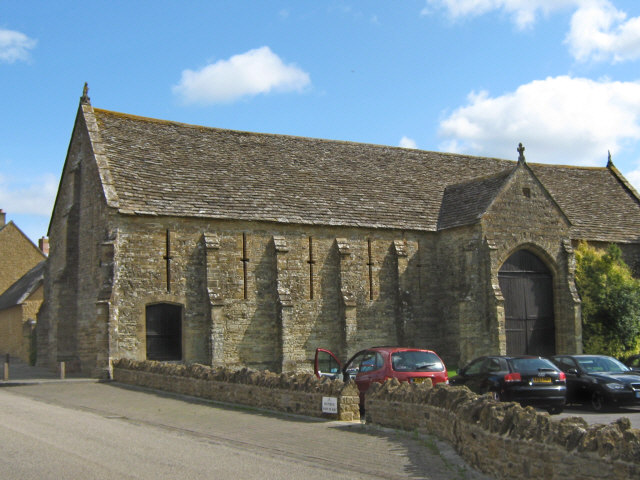Grange (mediaeval) on:
[Wikipedia]
[Google]
[Amazon]
 Monastic granges were outlying landholdings held by monasteries independent of the
Monastic granges were outlying landholdings held by monasteries independent of the
 Monastic granges were outlying landholdings held by monasteries independent of the
Monastic granges were outlying landholdings held by monasteries independent of the manorial
Manorialism, also known as the manor system or manorial system, was the method of land ownership (or "tenure") in parts of Europe, notably France and later England, during the Middle Ages. Its defining features included a large, sometimes forti ...
system. The first granges were owned by the Cistercians
The Cistercians, () officially the Order of Cistercians ( la, (Sacer) Ordo Cisterciensis, abbreviated as OCist or SOCist), are a Catholic religious order of monks and nuns that branched off from the Benedictines and follow the Rule of Saint ...
and other orders followed. Wealthy monastic houses had many granges, most of which were largely agricultural providing food for the monastic community. A grange might be established adjacent to the monastery but others were established wherever it held lands, some at a considerable distance. Some granges were worked by lay-brothers belonging to the order, others by paid labourers.
Granges could be of six known types: agrarian, sheep or cattle farms, horse studs, fisheries and industrial complexes. Industrial granges were significant in the development of medieval industries, particularly iron working.
Description
Granges were landed estates used for food production, centred on a farm and out-buildings and possibly a mill or a tithe barn. The word grange comes through French from Latin meaning a granary. The granges might be located at some distance. They could farm livestock or produce crops. Specialist crops might include apples,hops
Hops are the flowers (also called seed cones or strobiles) of the hop plant ''Humulus lupulus'', a member of the Cannabaceae family of flowering plants. They are used primarily as a bittering, flavouring, and stability agent in beer, to whi ...
or grapes to make beverages. Some granges had fish-ponds to supply Friday meals to the monastery. The produce could sustain the monks or be sold for profit. While under monastic control, granges might be run by a steward and worked by local farm labourers or perhaps lay brothers.
England
At the Dissolution of the Monasteries, all monastic land was seized byHenry VIII
Henry VIII (28 June 149128 January 1547) was King of England from 22 April 1509 until his death in 1547. Henry is best known for his six marriages, and for his efforts to have his first marriage (to Catherine of Aragon) annulled. His disa ...
. The lands were sold or given to Henry's followers. Granges often retained their names and many can still be found in the British landscape today.
References
{{Authority control Types of farms History of Catholic monasticism Medieval Ireland Medieval Wales * * * * Christian monasteries in the United Kingdom